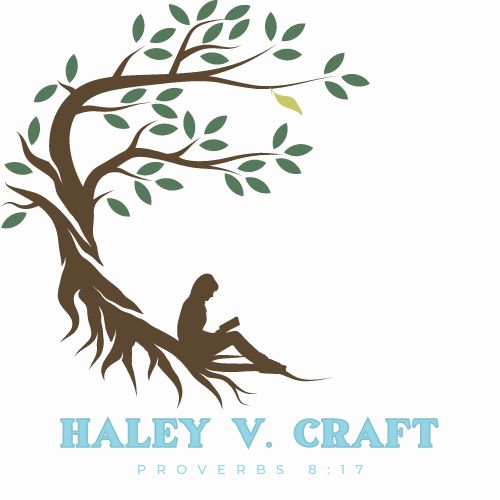Jesus saw Nathanael coming toward Him, and said of him, “Behold, an Israelite indeed, in whom is no deceit!”
Nathanael said to Him, “How do you know me?”
Jesus answered and said to him, “Before Philip called you, when you were under the fig tree, I saw you.”
—John 1:47-48
I am a huge fan of C. S. Lewis. As a writer, I love his easy, conversational style of writing. As a teacher, I love his ability to illustrate even the most mind-boggling theological and rhetorical concepts with things as simple as a bit of orange or a duckling swimming in a pond. But even better than those, I love how clearly he expressed simple, logical truths.
One of these instances is in Mere Christianity when he writes that “Creatures are not born with desires unless satisfaction for those desires exists.” It’s so simple, so clearly and logically true, but it explodes with meaning and significance when we apply it, not just at a physical level, but also at a soul and spirit level.
One of the greatest desires we as humans experience is to be loved and accepted. It’s smack dab in the middle of Maslow’s Hierarchy of Needs which ranks the five basic human needs in the order in which we seek to fill them. This means that as soon as we have full bellies, a roof over our heads, and a sense of safety, the very next thing we’re going to look for is a sense of being loved and accepted.
It’s not just a desire for us—it’s a huge need, only slightly less urgent than food, water, shelter, and safety. But there’s a problem. To really be accepted, we have to be known—fully known, and somehow we have to let someone get to know us that deeply without scaring them off. It’s not enough for us to be accepted and loved based on a false perception of who we are because then we aren’t really being accepted. We have to let someone actually see where we keep the skeletons hidden without them turning tails and running the other way.
When we’re talking about doing that with another person, that’s scary enough, but I think it becomes infinitely more scary when we consider approaching God this way. Deep down, we know how badly we have failed and how dark and dank the shadowy corners of our hearts are.
But remember what C. S. Lewis said—there is no desire or need we have that doesn’t have a fulfillment, and in this case, there is complete and perfect fulfillment available to us!
I’ve been aware of this story at the beginning of John for as long as I can remember, and I’ve always thought it was a little strange. For one thing, he is the only one of Jesus’s disciples that I have found who seemed to have a significant conversation with Jesus when he was called. Mostly Jesus says, “Follow me,” and they immediately follow, no conversation recorded. But there’s also an intimacy and directness to the conversation that makes it unique.
Even before Nathanael reached Him, Jesus knew him. We can tell this from the way He greeted him: “Behold, an Israelite indeed, in whom is no deceit.” Not only does Jesus seem to know something of Nathanael’s personality, but he also distinguishes him from the legacy of his forefather Israel (formerly known as Jacob, which appropriately means “deceiver”). Nathanael’s response confirms Jesus’s assessment of who he is, but the best part is what comes next.
When Nathanael asks Jesus how He knows him, Jesus responds, “Before Philip called you, when you were under the fig tree, I saw you.” Now, it’s entirely possible there’s an element of physical seeing in this statement. Maybe Jesus was taking a stroll and happened to see Nathanael under the fig tree or maybe this is referring to a vision. Regardless, the end result was that Jesus knew who Nathanael was in a deep, personal way.
We don’t learn much about Nathanael, but we do learn enough to make sure it’s clear that he’s just as flawed as the rest of us. The first words out of his mouth in verse 46 express enough pride and prejudice to make Jane Austen proud, and don’t think for a second that Jesus didn’t see that part of him too—which is why it is so amazing to me that Jesus chose to greet him by praising a part of him.
There are so many ways in which we fail to live up to being created in the image of God. Those are all the dusty, cobweb-filled corners of our hearts we don’t want others—especially God—to see. But when Nathanael came close, even though he did so with the judgmental and prejudiced sides of his heart showing, Jesus didn’t tell him he needed to repent or shake His finger at him for being so rude. He celebrated the one way in which Nathanael was doing a good job of representing the image of God.
That’s the love and acceptance we’ve always wanted—for someone to see every last bit of the ugly stuff and still choose to see us as valuable and beautiful. Of course, Jesus doesn’t just overlook the sinful parts of our hearts that need to change—I’m willing to bet Jesus had a couple of talks with Nathanael about being kind with those honest words of his—but that just makes his acceptance and love that much more miraculous.






0 Comments